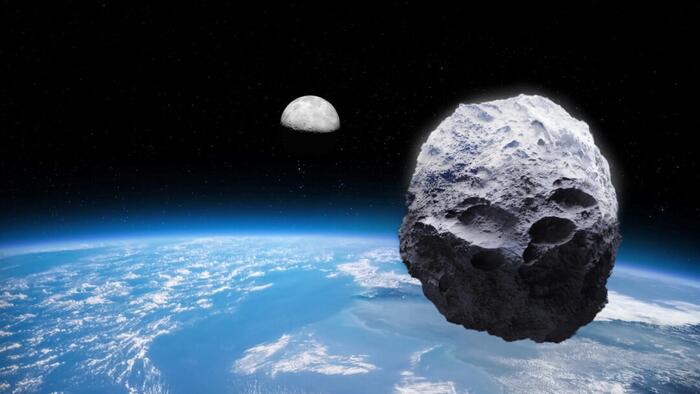In recent astronomical observations, Earth has temporarily adopted a fascinating role by capturing a small space object in its orbit, colloquially referred to as a “second moon.” This object, an asteroid designated as 2024 PT5, entered Earth’s gravitational influence in late September and is expected to remain in orbit until late November. Although it is only about the size of a school bus, or around 33 feet long, its presence has captivated scientists and astronomy enthusiasts alike, as it showcases the dynamic and unpredictable nature of near-Earth objects (NEOs). Formally classified as a NEO, 2024 PT5 follows an unusual horseshoe-shaped trajectory that led it to closely approach Earth before becoming temporarily bound to its gravitational pull.
The circumstances surrounding 2024 PT5’s capture are intriguing. As it passed near Earth, it experienced a significant dip in its gravitational energy, transitioning into a state that allowed it to enter Earth’s orbit. On September 29, researchers confirmed that this asteroid was officially in orbit around Earth, and since then, it has sparked interest in both its formation and behavior within our planetary system. Despite being categorized as a “moon,” 2024 PT5 is remarkably smaller than Earth’s permanent moon, which is over 345,000 times larger. Thus, while it might be designated as a moon, the asteroid remains largely invisible to the naked eye and standard amateur astronomy tools, making its existence known primarily to professional astronomers using advanced telescopes.
The prospect of observing 2024 PT5 poses both challenges and opportunities for researchers. Due to its small size and low brightness, typical amateur telescopes and binoculars are insufficient for visual observations. However, professional astronomers equipped with high-powered telescopes are poised to monitor its trajectory and characteristics while it remains within Earth’s orbit. Notably, while most of the public may not have the chance to see it, the asteroid’s existence offers vital data points for understanding NEOs and the many factors that influence their movements through our solar system.
Tracking the origins of 2024 PT5 reveals that it belongs to the Arjunas, a secondary asteroid belt that boasts numerous near-Earth objects. This belt is notable not only for its density of smaller bodies but also for its historical interactions with our planet. Similar to a previous asteroid, 2022 NX1, which had also orbited Earth before departing, 2024 PT5 underscores the cyclical nature of NEO exploration. Upon its departure on November 25, 2023, 2024 PT5 will follow a course back into deep space, making it unlikely to return to Earth’s vicinity for another several decades, projected to be in 2055.
As Earth’s temporary caregiver for this diminutive asteroid, scientists are eager to glean insights into not only the physical properties of 2024 PT5 but also the broader implications of such NEO encounters. The anticipation surrounding these astronomical events further underlines the importance of ongoing monitoring and research into NEOs, especially as scientific communities enhance their capabilities in tracking and studying these celestial visitors. With an increasing focus on safeguarding Earth from potential threats posed by larger asteroids, understanding even transient objects like 2024 PT5 helps inform researchers about the behaviors and trajectories of various bodies within our solar system.
In summary, Earth’s brief hosting of 2024 PT5 serves as a reminder of the continuous interplay between our planet and the vast universe. While this asteroid may only serve as a temporary “moon,” its presence emphasizes the rich complexity of our solar system and its inhabitants. As we await the asteroid’s return to deep space, the scientific inquiry surrounding its journey reflects a larger narrative about humanity’s quest to understand and protect our planet amidst the ever-changing celestial landscape. The study of NEOs, especially those that enter Earth’s orbit, not only enhances our grasp of these objects but also fosters increased awareness of our position within the cosmos.

